Bearded dragons have rapidly become one of the most popular reptile pets in homes across the world, and for good reason. These fascinating lizards from Australia combine an impressive prehistoric appearance with a surprisingly docile and interactive personality. For first-time reptile owners, bearded dragons offer an accessible entry point into the world of exotic pets, requiring moderate care that’s manageable even for beginners. Their friendly demeanor, manageable size, and distinctive behaviors make them engaging companions that can live up to 10-12 years with proper care. If you’re considering bringing home your first “beardie,” this comprehensive guide will walk you through everything you need to know to provide a healthy, happy life for your new scaly friend.
Understanding Bearded Dragon Origins
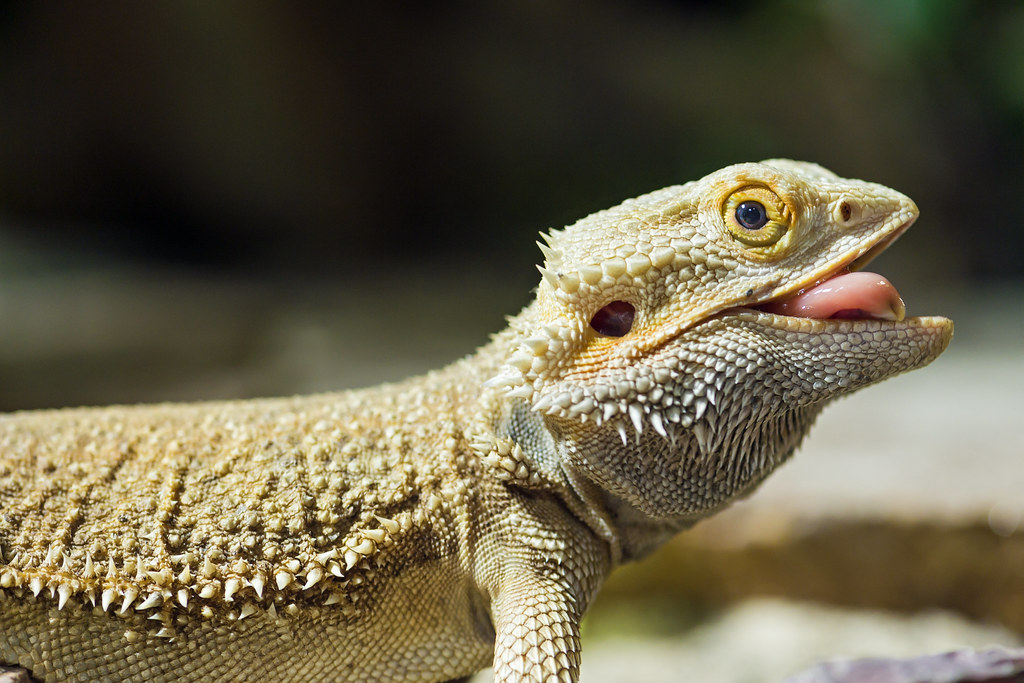
Bearded dragons (Pogona vitticeps) originate from the arid, rocky regions and deserts of central Australia. In their natural habitat, these reptiles experience hot days, cool nights, and seasonal temperature variations that influence their behavior and biology. Their name comes from the spiny scales under their throat that can puff out and darken when they feel threatened, creating a “beard” appearance.
Understanding their natural environment helps explain why they require specific heat, lighting, and habitat conditions in captivity. Wild bearded dragons are opportunistic omnivores, climbing trees and rocks to bask in the sun and search for a variety of foods including insects, small vertebrates, and vegetation.
Selecting Your First Bearded Dragon
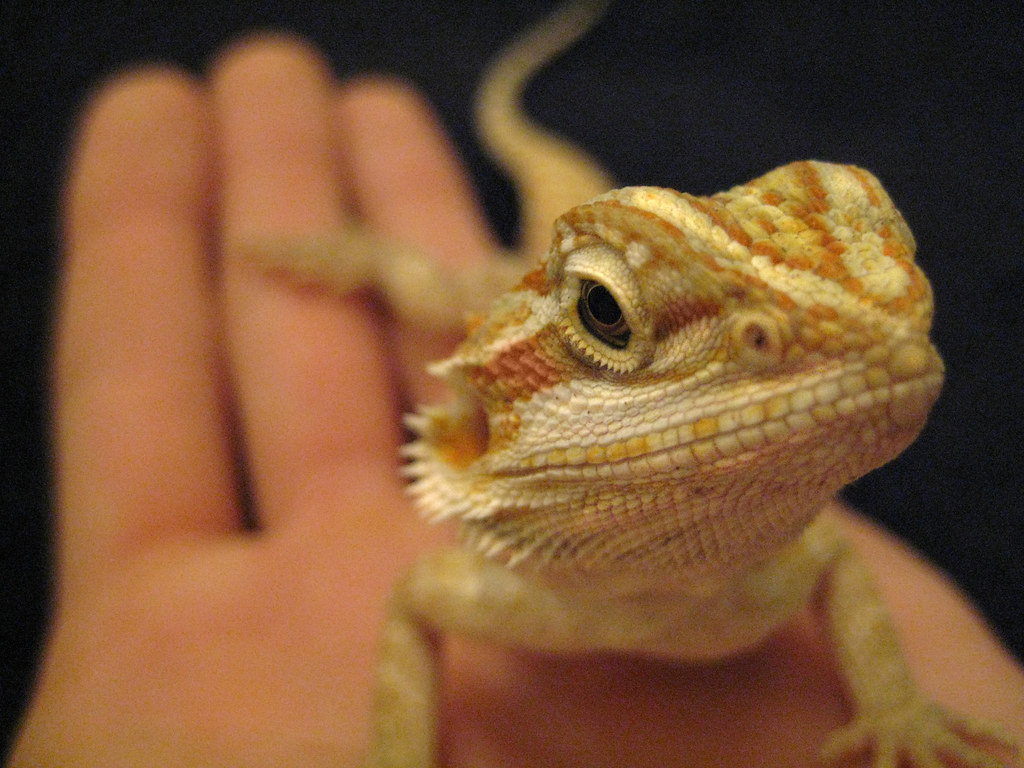
When choosing your first bearded dragon, opt for a captive-bred specimen rather than a wild-caught one, as captive-bred dragons typically have fewer health problems and adapt better to handling. Look for a juvenile dragon (about 3-4 months old) that displays clear, alert eyes, clean skin without patches or discoloration, and an active, responsive demeanor when gently approached.
A healthy bearded dragon should have a rounded belly rather than appearing sunken or extremely bloated, and should move with strength and coordination. Reputable breeders or specialized reptile stores usually provide healthier specimens compared to large chain pet stores, and may offer information about the dragon’s lineage, feeding history, and temperament to help you make an informed choice.
Essential Housing Requirements
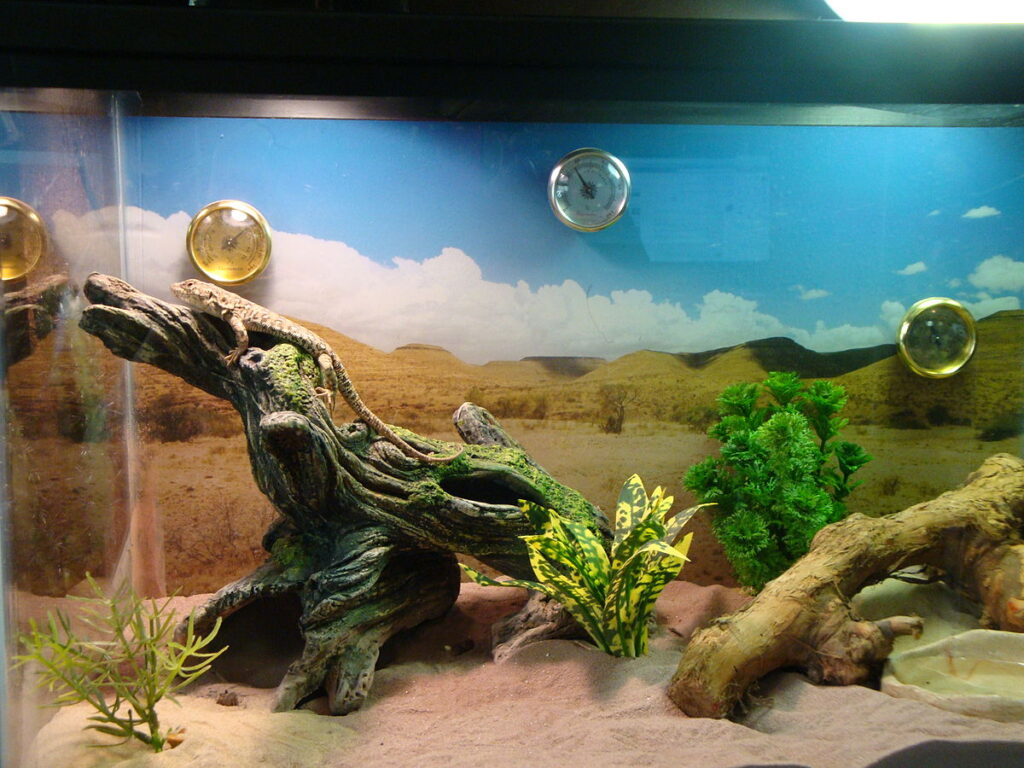
Bearded dragons require a spacious enclosure that accommodates their growing size and natural behaviors. For an adult dragon, the minimum enclosure size should be 40 gallons (about 36″ x 18″ x 18″), though larger is always better—a 75-120 gallon tank provides ideal space for exercise and thermal regulation. Glass terrariums with secure screen tops are popular choices, though wooden vivariums with glass fronts can provide better heat retention. The enclosure should be long rather than tall, as bearded dragons are primarily terrestrial animals that need floor space rather than climbing height. Proper ventilation is essential to prevent respiratory issues, while secure locking mechanisms prevent curious dragons from escaping during their surprisingly agile moments.
Creating the Perfect Microclimate
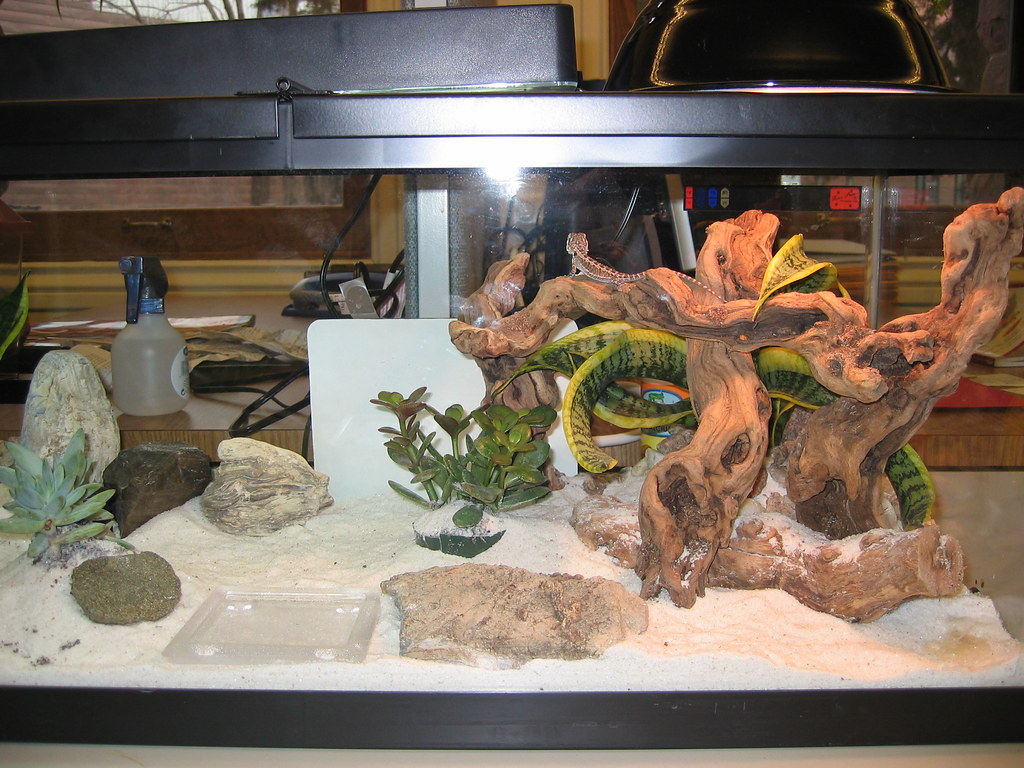
Bearded dragons require a carefully controlled temperature gradient within their enclosure to properly regulate their body temperature. The basking area should reach 95-105°F (35-40°C) for adults and 100-110°F (38-43°C) for juveniles, while the cooler end should maintain 75-85°F (24-29°C). Nighttime temperatures can drop to 65-75°F (18-24°C), and supplemental heat should be provided if your home gets colder than this range.
Humidity levels should generally stay between 30-40%, with occasional spikes during misting to aid in shedding. To create this microclimate, you’ll need a combination of basking lamps, ceramic heat emitters for nighttime heat without light, digital thermometers placed at both ends of the tank, and a hygrometer to monitor humidity. The ability to create and maintain these specific conditions is crucial for preventing stress, digestive issues, and respiratory problems.
The Critical Importance of UVB Lighting
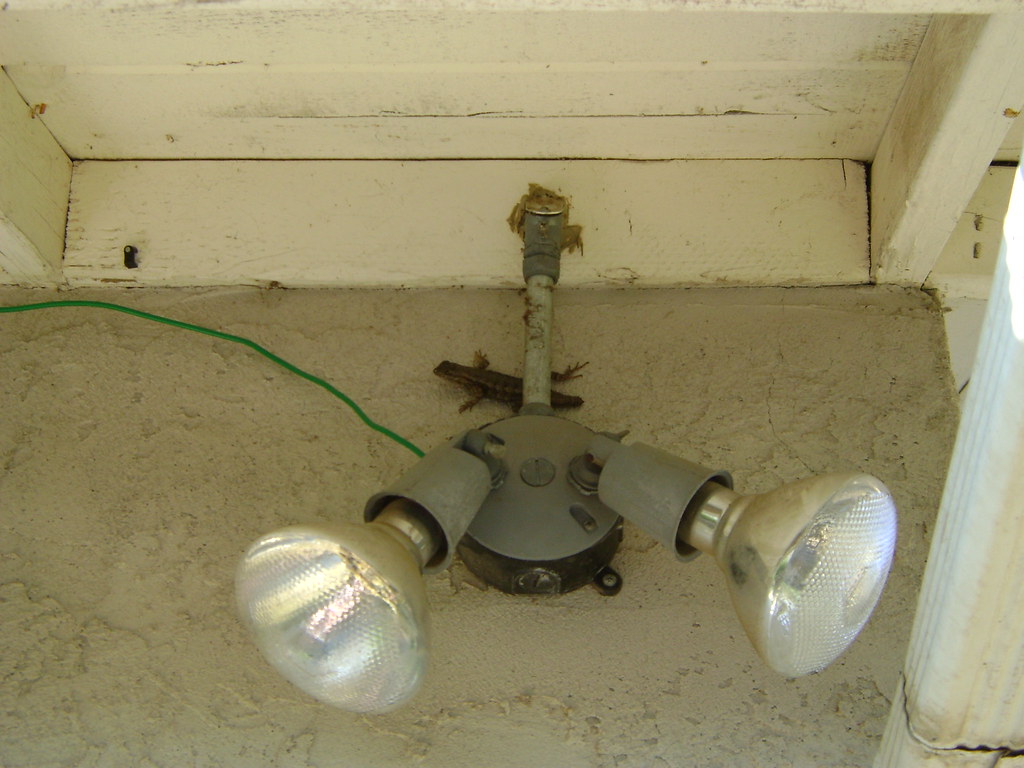
UVB lighting is absolutely essential for bearded dragons and represents one area where new owners should never compromise. Without proper UVB exposure, bearded dragons cannot synthesize vitamin D3, which leads to metabolic bone disease—a painful, debilitating, and often fatal condition.
A high-output UVB bulb (10.0 or 12.0 strength) should be placed across 1/2 to 2/3 of the enclosure length, mounted at the proper distance according to manufacturer specifications, typically 10-12 inches from the basking spot. These specialized bulbs need replacement every 6-12 months, even if they still produce visible light, as their UVB output diminishes over time.
The lighting schedule should mimic natural daylight cycles, providing 12-14 hours of light in summer months and 10-12 hours in winter months, which helps maintain their natural seasonal rhythms.
Substrate Options and Safety Considerations
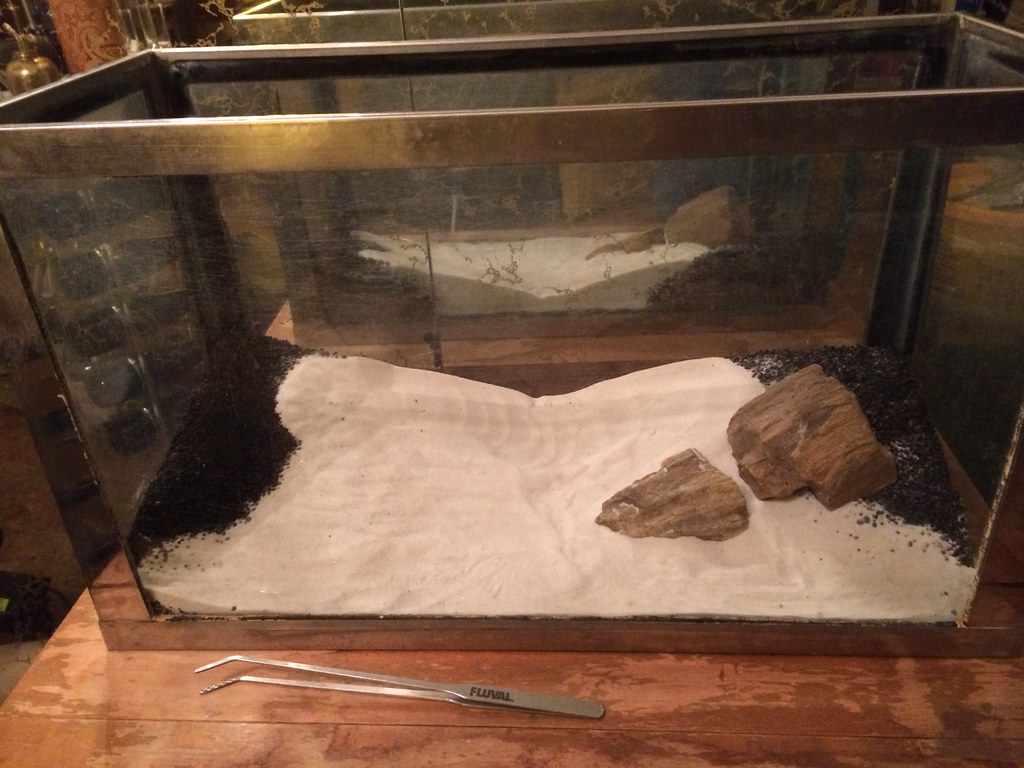
The choice of substrate (floor covering) for your bearded dragon’s habitat is surprisingly controversial among reptile enthusiasts, with strong opinions on both sides. For beginners and juvenile dragons, non-particle substrates like reptile carpet, ceramic tile, or paper towels provide the safest options that eliminate the risk of impaction—a potentially fatal digestive blockage that can occur if dragons accidentally ingest loose substrate while feeding.
As dragons mature, some owners transition to naturalistic substrates like a sand-soil mix, excavator clay, or reptile-safe loose substrates that allow for natural digging behaviors. Calcium sand, walnut shell, wood chips, and pure sand should be avoided entirely due to high impaction risks. Whatever substrate you choose, it should be spot-cleaned daily and completely replaced regularly to prevent bacterial growth and maintain proper hygiene.
Essential Tank Furnishings
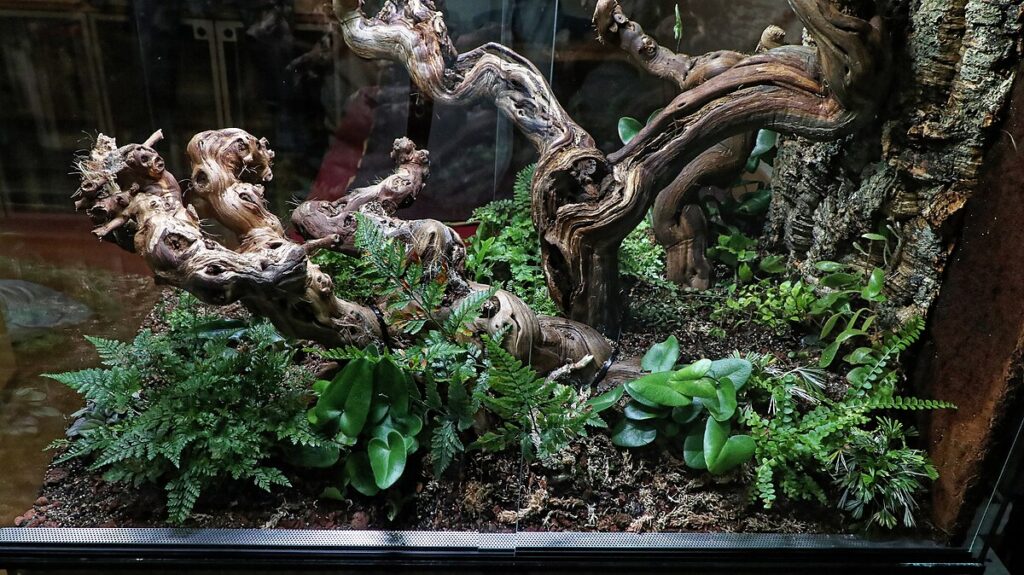
A properly furnished bearded dragon habitat goes beyond the basics to create an enriching environment that allows for natural behaviors. Every enclosure needs a sturdy basking platform positioned under the heat lamp where your dragon can achieve optimal body temperature; this can be a commercial reptile basking rock, a secure piece of driftwood, or a flat stone large enough to support your dragon’s entire body.
A hide box on the cooler side gives your pet a secure retreat for sleeping or when feeling stressed. Additional decor like rock arrangements, reptile-safe wood pieces, and artificial plants (live plants often get destroyed) create climbing opportunities and visual barriers that make the habitat more engaging. Feeding dishes for vegetables and water should be shallow, stable, and easily cleaned—many dragons enjoy soaking in water dishes, so ensure they’re large enough to accommodate this behavior.
Understanding Bearded Dragon Diet
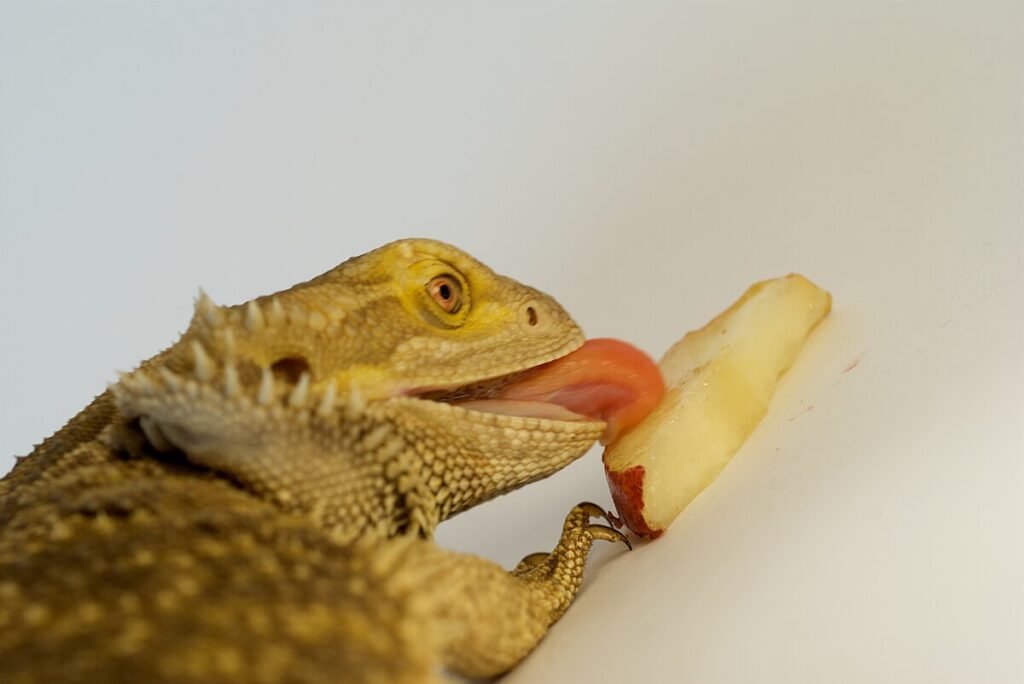
Bearded dragons are omnivores whose dietary needs change dramatically throughout their life cycle. Juveniles require a diet of approximately 80% insects and 20% plant matter, as they need high protein for rapid growth. As they mature, this ratio gradually shifts until adults thrive on a diet of roughly 20% insects and 80% vegetables, fruits, and greens. S
taple insects include dubia roaches, crickets, black soldier fly larvae, and silkworms, while superworms and hornworms can be occasional treats. Appropriate plant foods include collard greens, mustard greens, turnip greens, bell peppers, squash, and occasional fruits like berries and melons—avoid spinach, avocado, and citrus, which can interfere with calcium absorption or cause digestive distress.
All insects should be properly gut-loaded (fed nutritious foods before being offered to your dragon) and dusted with calcium and vitamin supplements according to a regular schedule that changes with your dragon’s age.
Establishing a Feeding Schedule
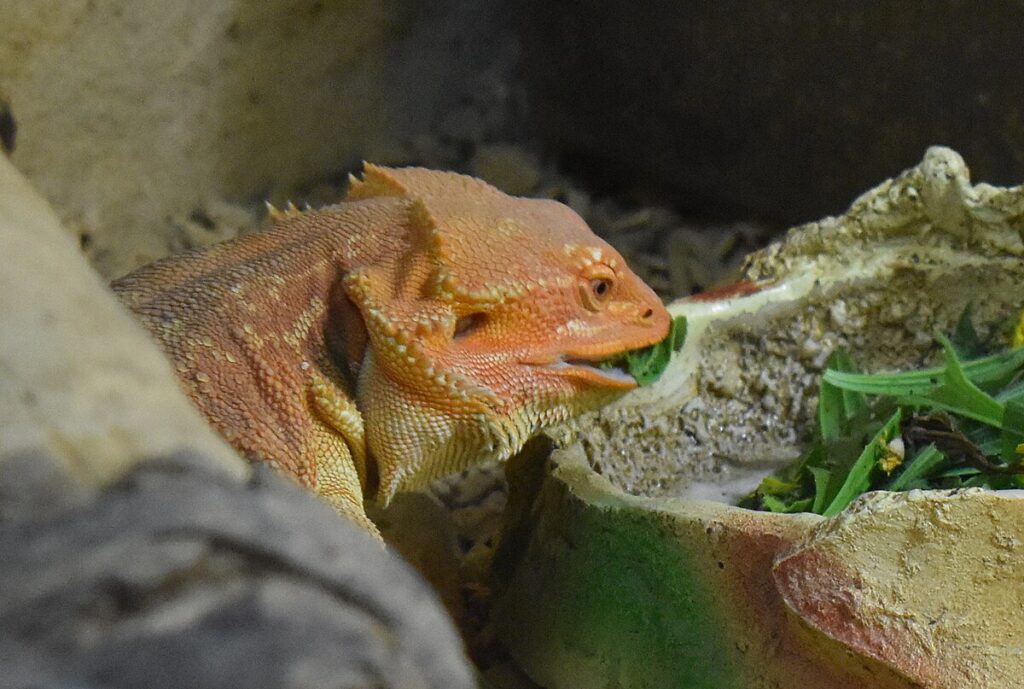
A consistent feeding schedule helps maintain your bearded dragon’s health and makes care more manageable for owners. Baby bearded dragons (0-3 months) should be offered small insects 3-5 times daily and fresh vegetables daily, as their rapid growth requires frequent nutrition.
Juvenile dragons (3-12 months) should receive insects twice daily and fresh vegetables daily, with slightly larger portions as they grow. Adult bearded dragons (12+ months) typically eat insects only 2-3 times weekly, with fresh vegetables offered daily in the morning to mimic natural feeding patterns.
During brumation (a hibernation-like state during winter months), your dragon may eat very little or stop eating entirely, which is normal seasonal behavior and not typically cause for concern as long as weight loss is minimal. Monitoring food intake and body condition helps you adjust portions to prevent obesity or undernourishment, both common issues in captive reptiles.
Hydration and Water Requirements
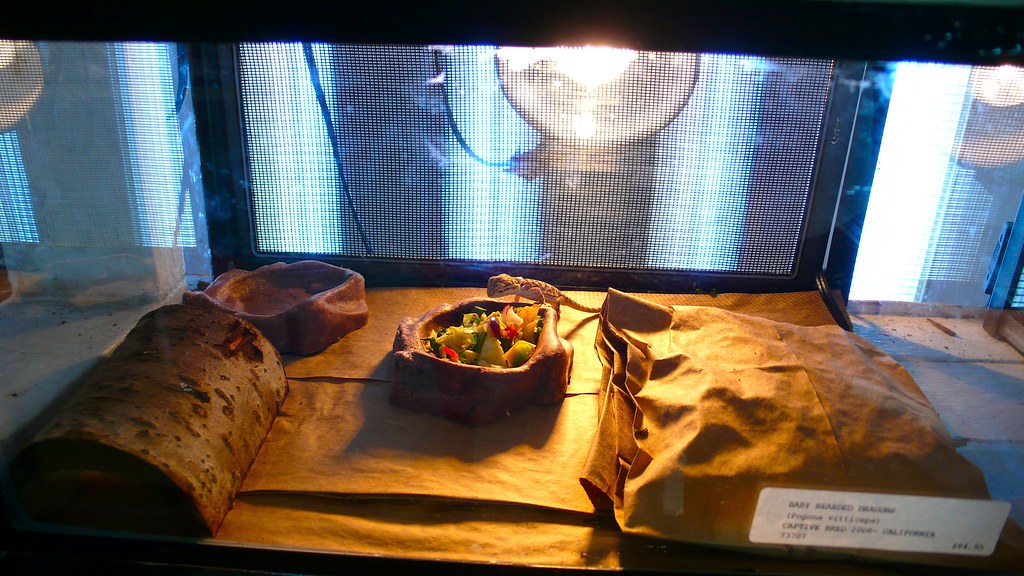
Despite their desert origins, bearded dragons require regular access to water for proper hydration and kidney function. Provide a shallow water dish that’s changed daily, positioned on the cooler side of the enclosure to prevent rapid evaporation and humidity spikes.
Many dragons don’t drink readily from standing water, instead absorbing moisture from their food and environment. Regular misting with a spray bottle provides drinking opportunities as dragons lick water droplets from their snouts and surroundings.
Offering water-rich foods like cucumber, watermelon, and hornworms also contributes to hydration, particularly important during shedding periods. For dragons that seem chronically dehydrated (wrinkled skin, sunken eyes, stringy saliva), regular shallow baths in lukewarm water can provide supplemental hydration while also encouraging natural defecation.
Health Monitoring and Common Issues
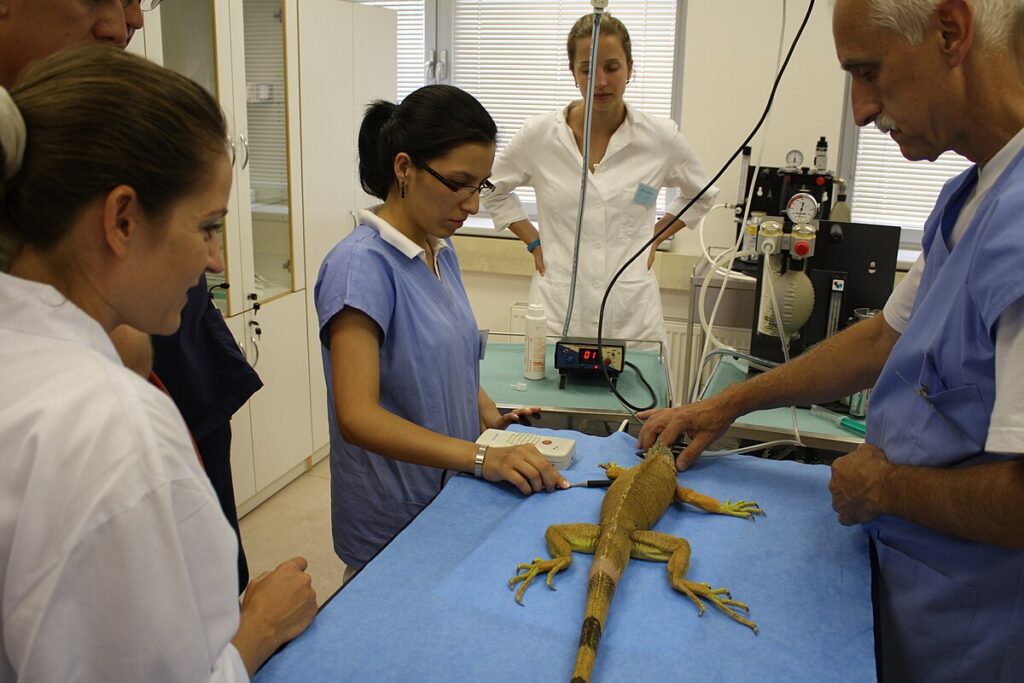
Regular health monitoring is essential for catching potential problems before they become serious. A healthy bearded dragon has clear, alert eyes, clean nostrils, a firm body condition without extreme plumpness or skinniness, and smooth skin during non-shedding periods.
Common health issues include metabolic bone disease (from inadequate UVB or calcium), respiratory infections (from improper temperature or humidity), parasites (especially in wild-caught specimens), and impaction (digestive blockage from inappropriate substrates or oversized food items).
Early signs of illness include lethargy, reduced appetite, abnormal droppings, excessive basking or hiding, unusual posture, or difficulty moving. Establishing a relationship with an experienced reptile veterinarian before emergencies occur is crucial, as many general practice vets have limited reptile experience. Annual wellness exams and fecal parasite checks are recommended even for apparently healthy dragons.
Handling and Socialization Techniques
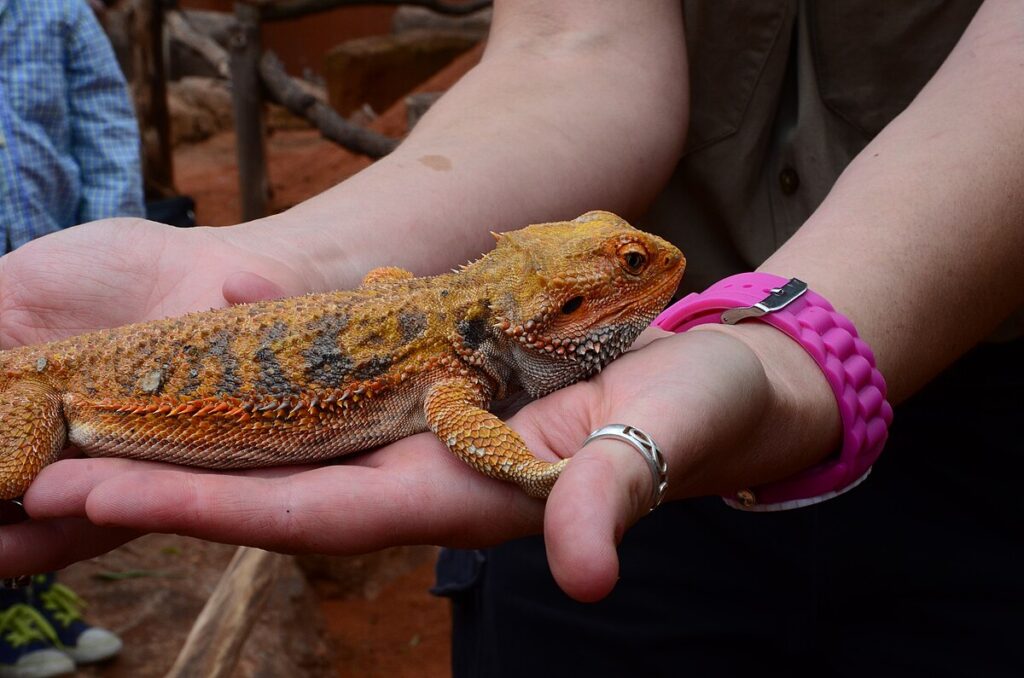
Bearded dragons are among the most handleable reptiles, but proper socialization requires patience and consistent technique. Begin with brief handling sessions of 5-10 minutes, gradually increasing duration as your dragon becomes comfortable. Always support their entire body, particularly their legs and tail, and approach from the side rather than from above (which mimics predator behavior).
Never grab your dragon—instead, gently scoop from below, allowing them to step willingly onto your hand when possible. Regular handling helps maintain tameness, but respect your dragon’s body language: a puffed beard, gaping mouth, hissing, or tail twitching indicates stress or fear, signaling time for a break.
Many bearded dragons enjoy supervised exploration outside their enclosure once properly socialized, though always in secured, predator-free areas with comfortable temperatures and easy access back to their enclosure if they become stressed.
Understanding Bearded Dragon Behavior
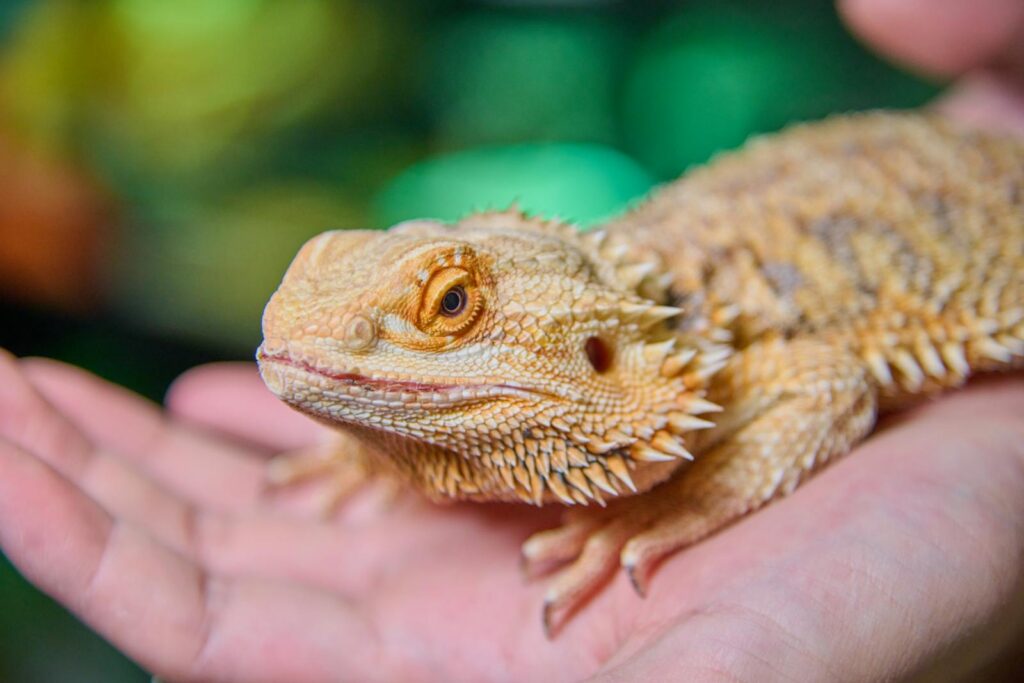
Bearded dragons communicate through a fascinating repertoire of behaviors that help owners understand their needs and emotional state. Arm-waving is a submissive gesture where a dragon slowly raises and circles one front leg, often in response to larger dragons or sometimes to their human caretakers.
Head-bobbing, particularly in males, indicates dominance display or territorial behavior, while glass surfing (repeatedly climbing tank walls) typically signals stress, boredom, or a desire for more space. A flattened body with expanded sides occurs during basking to maximize heat absorption or sometimes during defensive displays.
Digging behavior, especially in females, may indicate a desire to lay eggs (even without mating) or preparation for brumation. Understanding these behaviors helps owners distinguish between normal activities and signs of stress or illness, allowing for appropriate adjustments to care.
Long-term Care and Commitment
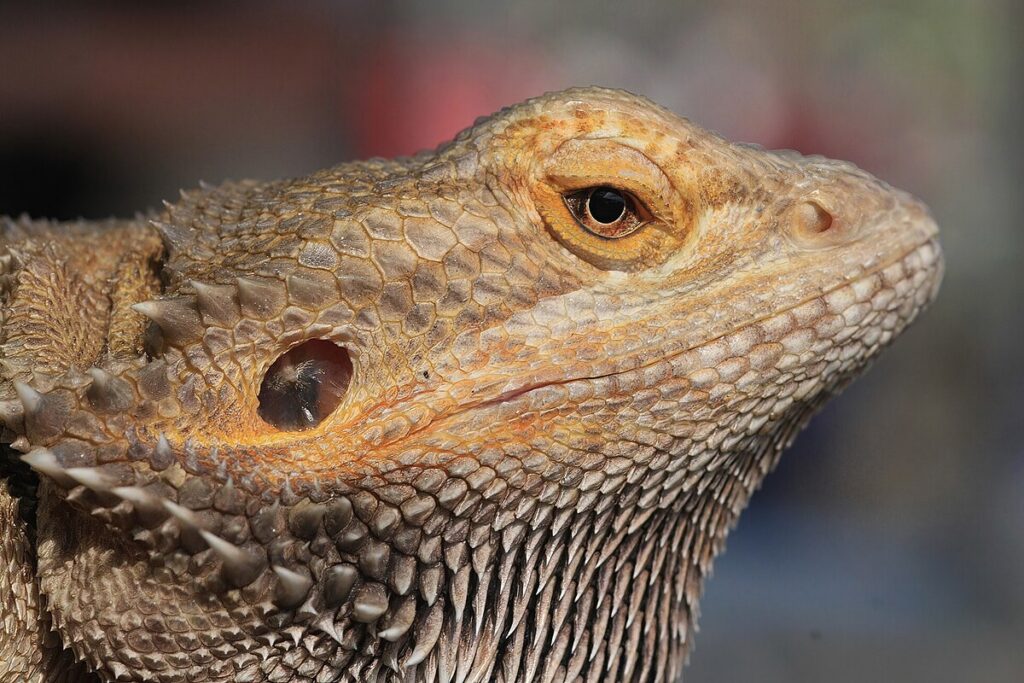
Adopting a bearded dragon represents a significant long-term commitment, as these reptiles typically live 8-12 years with proper care, with some reaching 15+ years. The initial setup costs range from $300-$600 for quality equipment, while ongoing monthly expenses for food, electricity, substrate changes, and replacement bulbs average $30-$50.
Annual veterinary checkups are recommended, with emergency care potentially costing hundreds of dollars, making an emergency fund advisable. Owners should consider arrangements for vacation care, as bearded dragons require daily attention that casual pet sitters may not be equipped to provide.
When planning for a bearded dragon, consider potential life changes over the next decade—moves, career changes, or family developments—and how your dragon will fit into these plans, ensuring you can provide consistent care throughout their entire lifespan.
Bringing home a bearded dragon opens the door to a rewarding relationship with a truly unique pet. These captivating reptiles offer a blend of prehistoric charm and interactive personality that few other exotic pets can match. While their care requirements may seem complex at first, establishing proper housing, heating, lighting, and feeding routines quickly becomes second nature.
The effort invested in creating an optimal environment pays dividends in your dragon’s health, longevity, and behavior. With proper care, your bearded dragon will not only thrive physically but may also develop a distinctive personality and surprising level of interaction with family members. Whether you’re drawn to their dinosaur-like appearance, their calm demeanor, or their fascinating behaviors, a well-cared-for bearded dragon makes an exceptional companion that can bring joy and learning opportunities for many years to come.

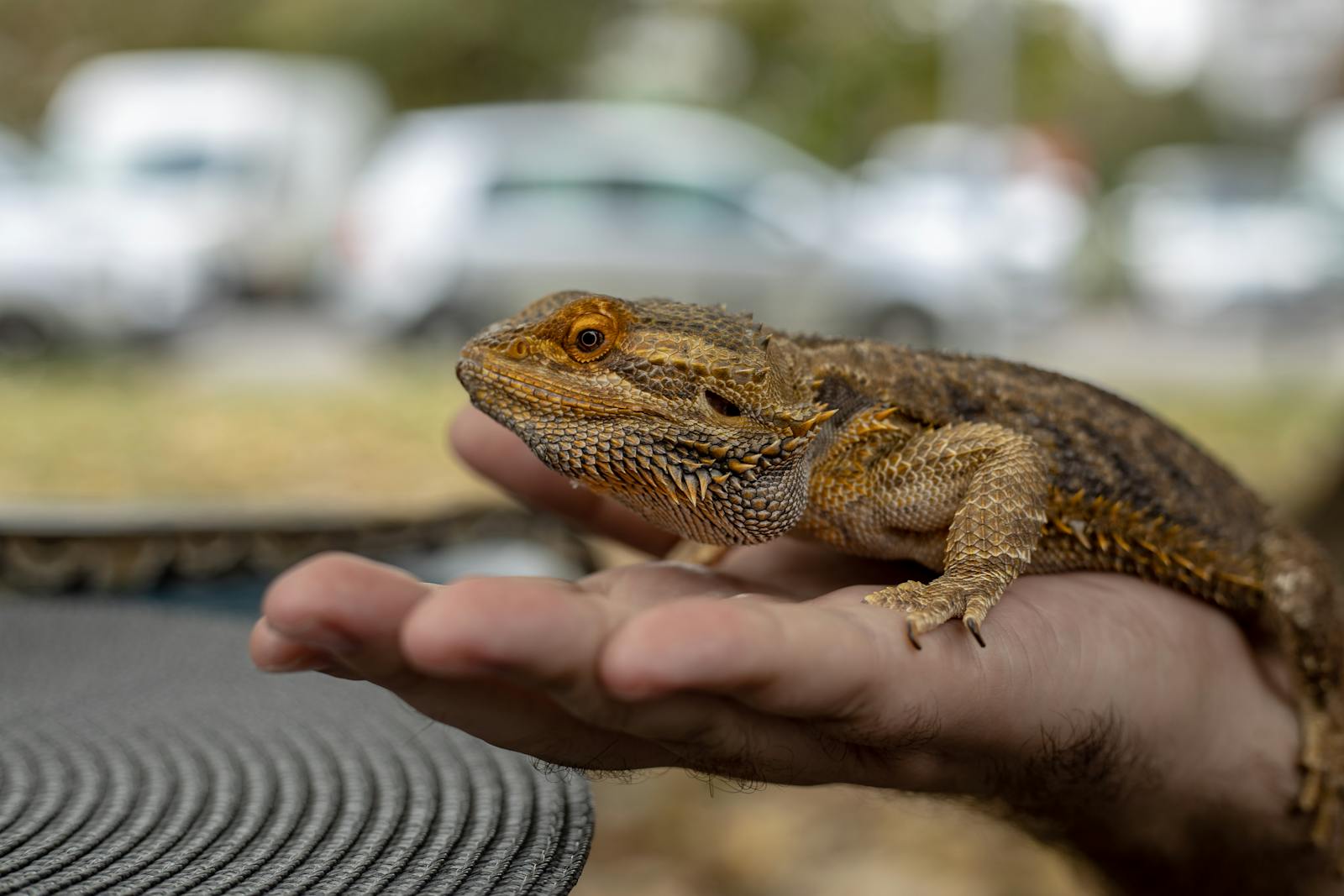

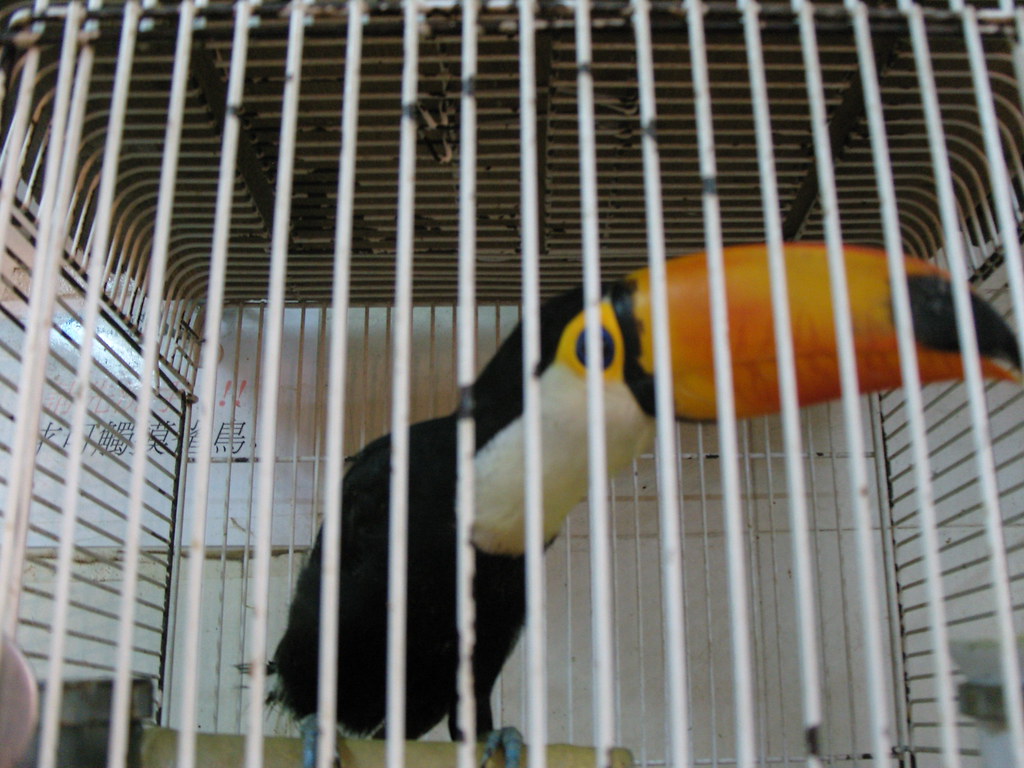
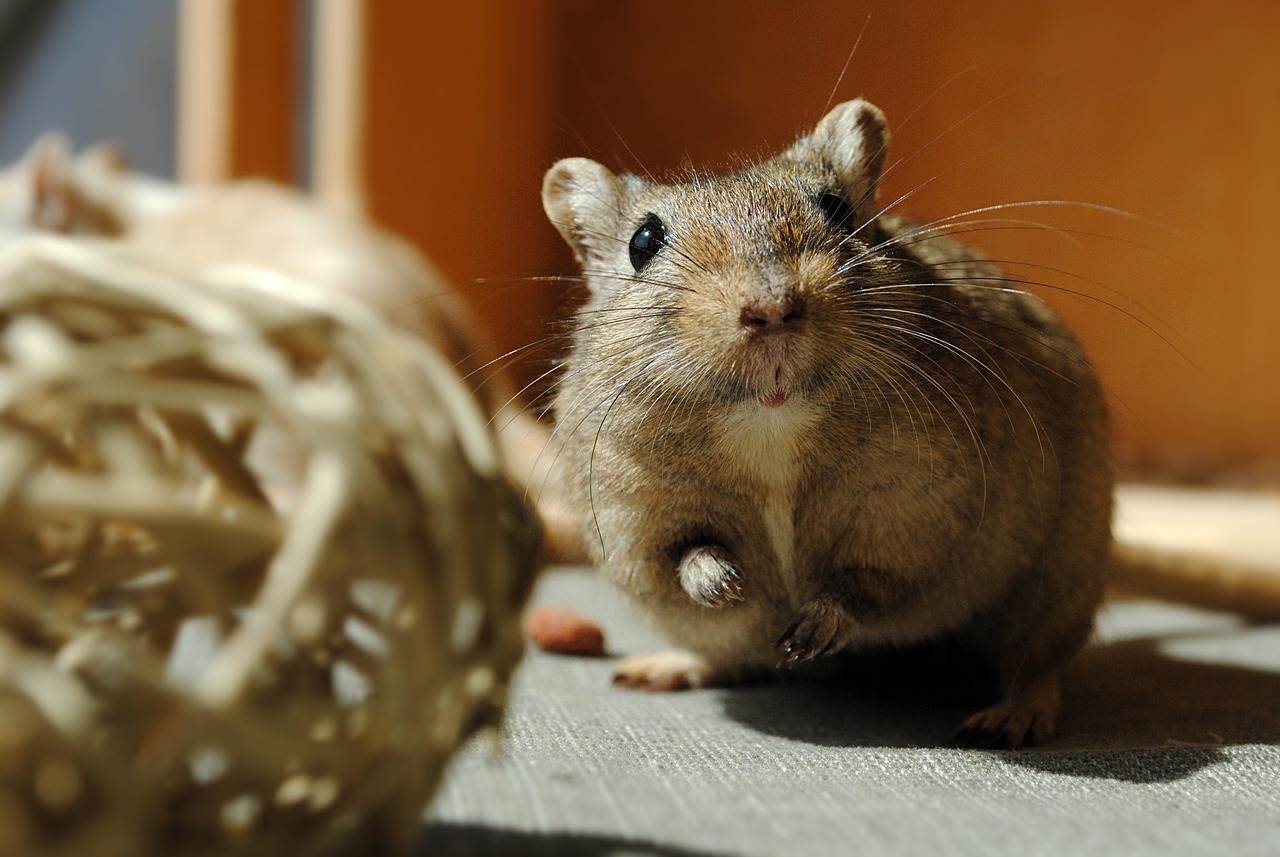
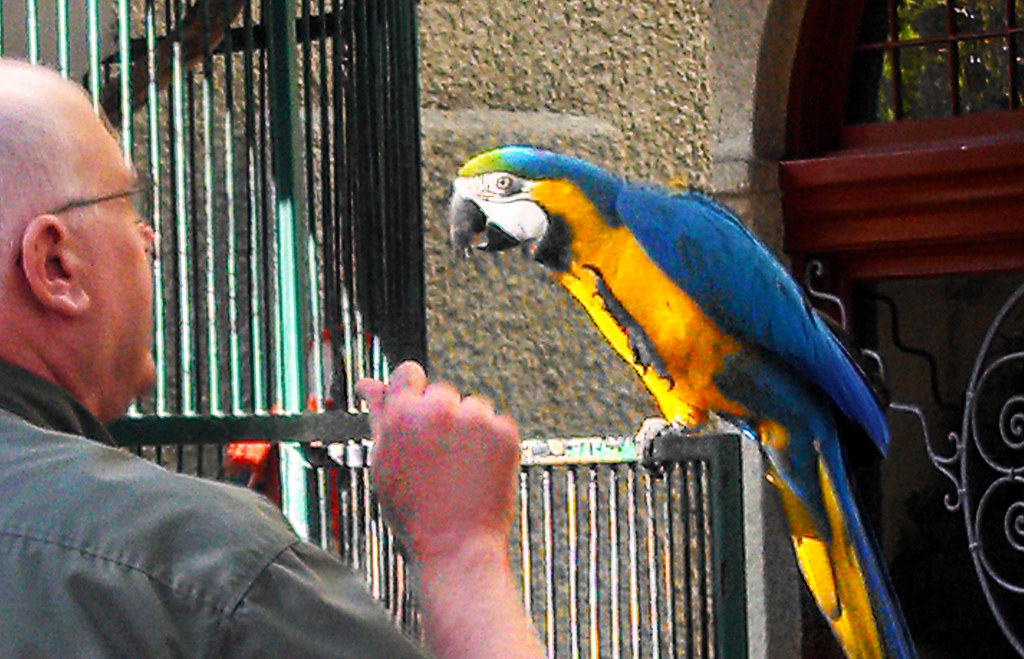
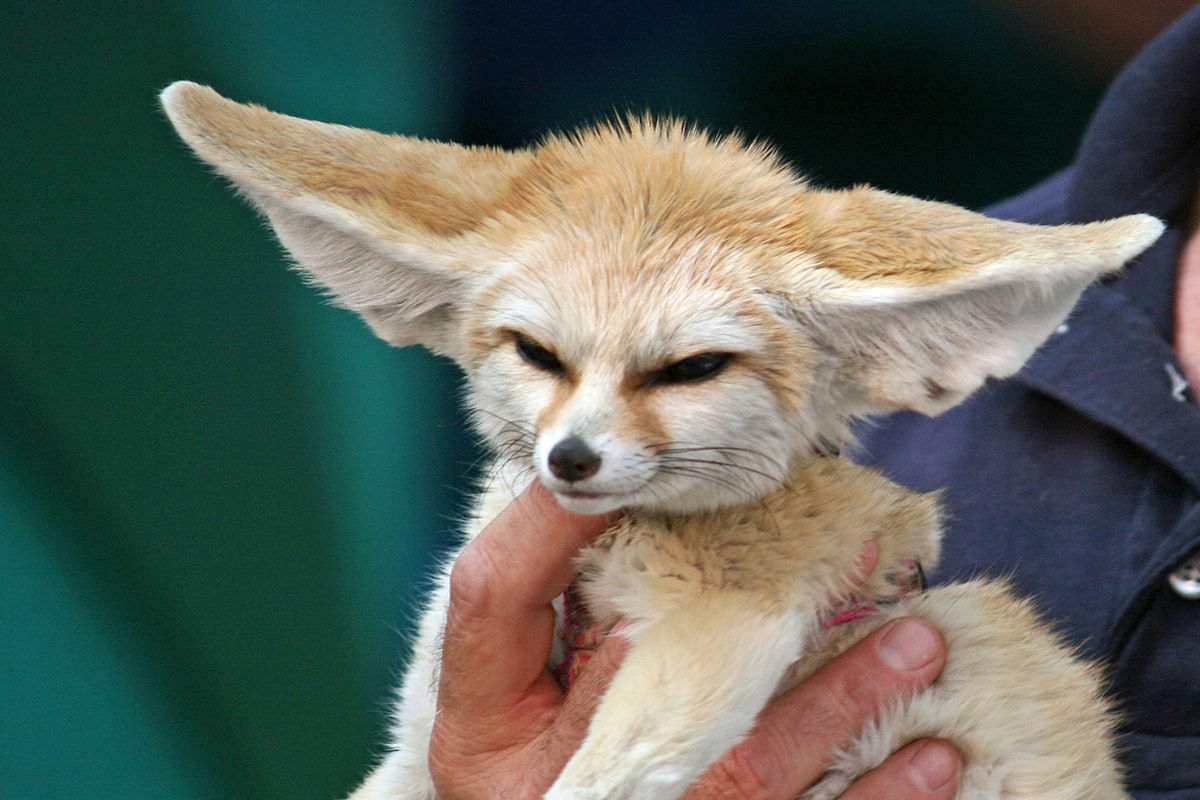
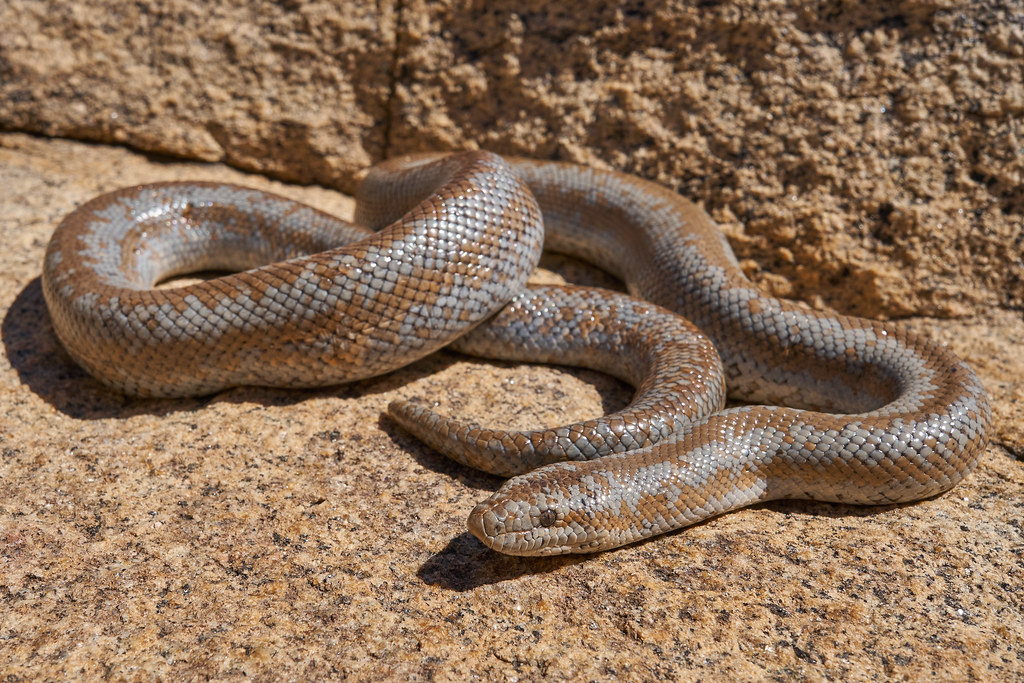
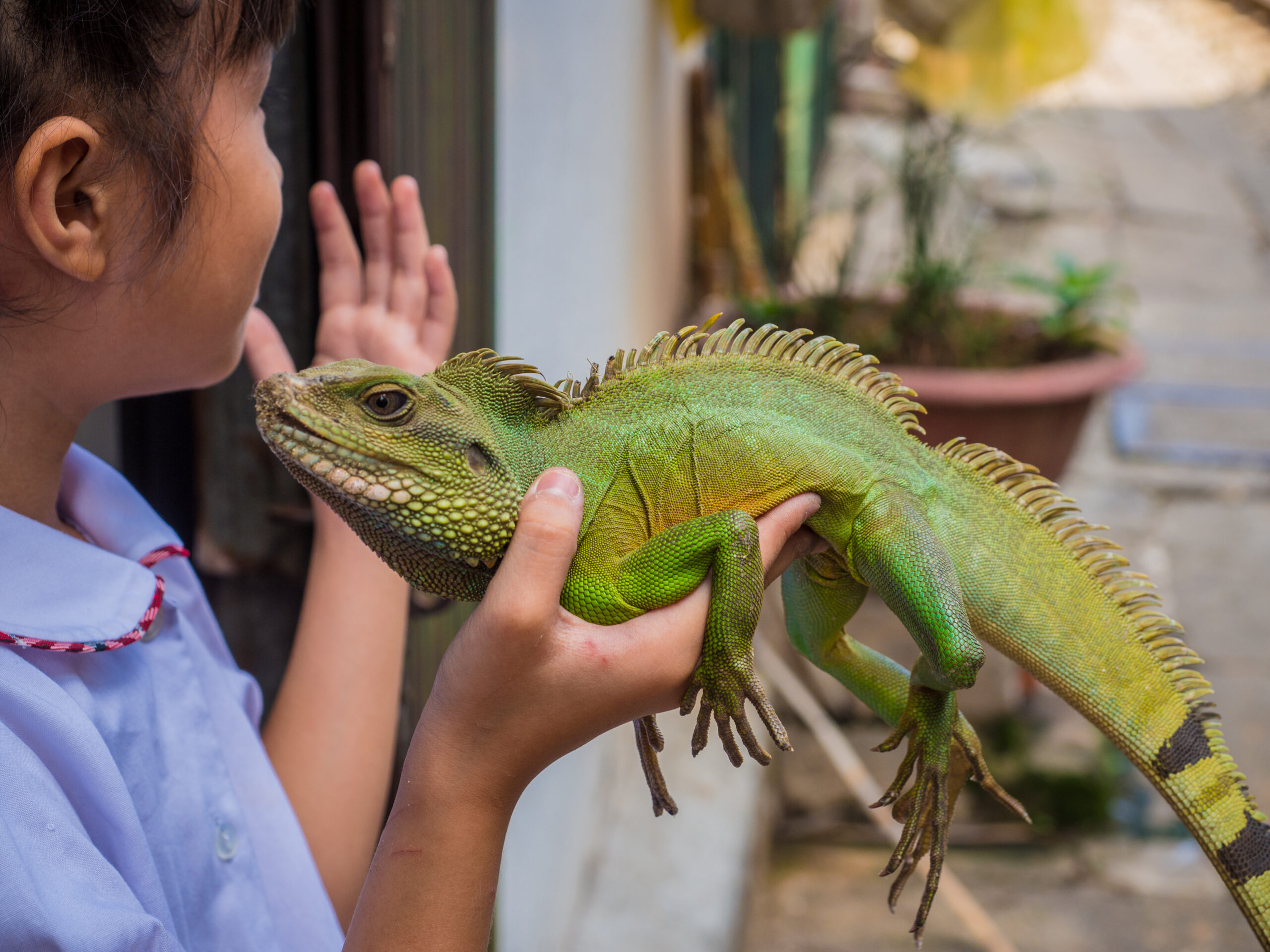
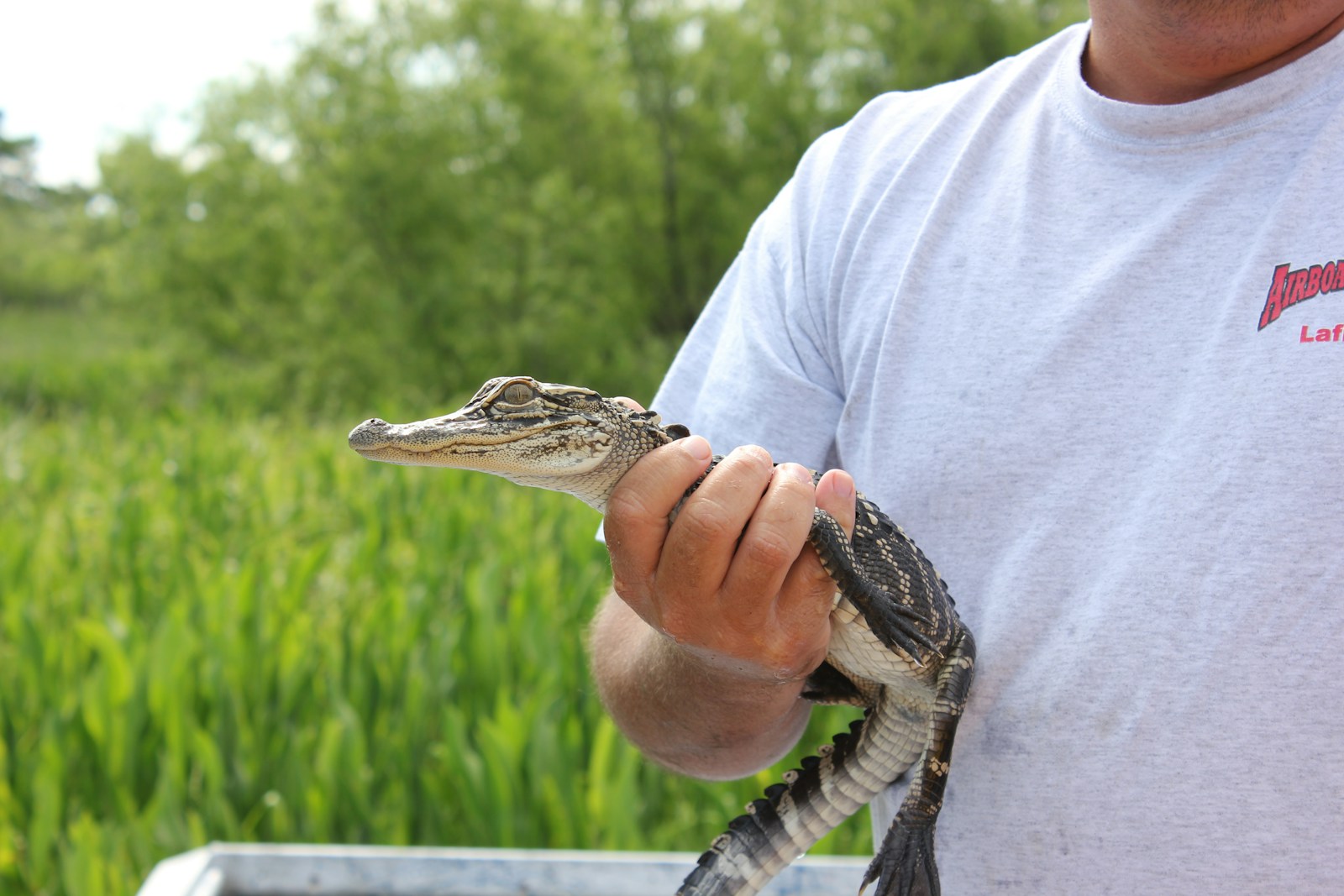
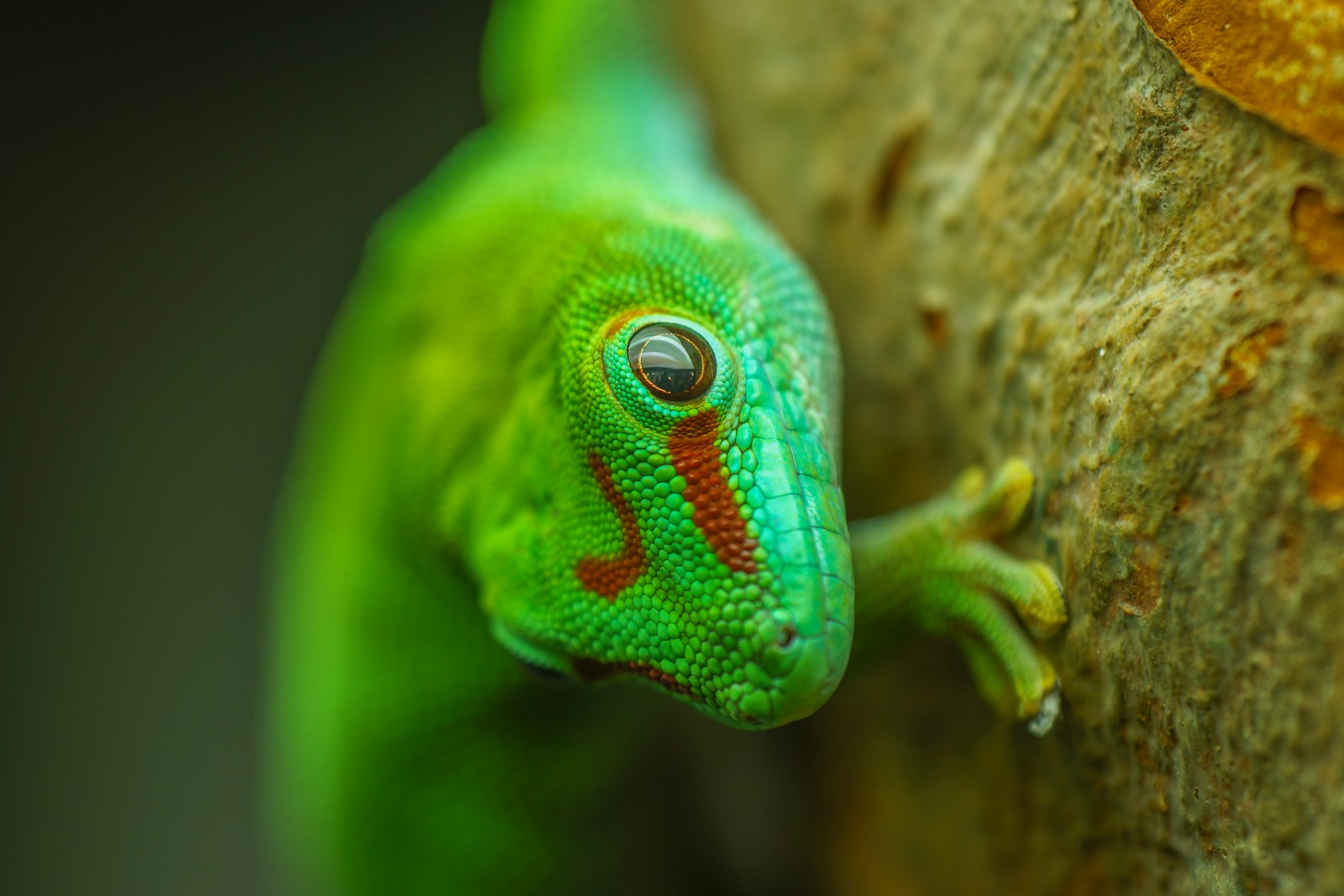




Leave a Reply